CFD analysis of ONERA M6 wing - Part 3 CFD and validation
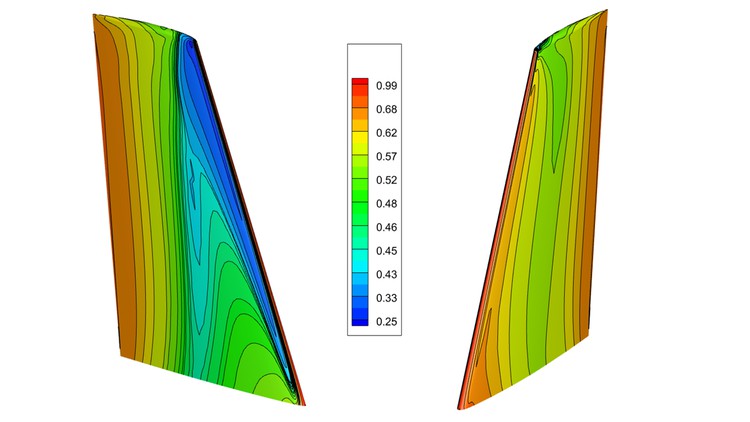
Why take this course?
🎓 Course Title: CFD Analysis of ONERA M6 Wing - Part 3: CFD and Validation
Course Description:
Welcome to the third part of our comprehensive course on Computational Fluid Dynamics (CFD) analysis of the ONERA M6 wing. In this segment, we will delve deeper into the intricacies of CFD analysis, with a focus on using Fluent software to simulate the flow over the ONERA M6 wing at transonic conditions. This wing, designed by the ONERA Aerodynamics Department in 1972, is a classic test case for validating CFD models due to its complex flow features, such as transonic flow with shocks and boundary layer separation.
What You Will Learn:
📚 Understanding the Theory: We will start by exploring the problem descriptions and given operating conditions. You'll learn how to calculate essential parameters like reference area, pressure, density from Reynolds number and Mach number. Our discussions will also cover the interpretation of experimental data for Cp plots and the exploration of drag (D), lift (L), and pitching moment coefficients (m) as reported in the AGARD experimental data from 1979.
🖥️ Practical Application with Fluent: We will then move to the practical side, where we will import the previously created mesh into Fluent. This mesh, generated using ICEMCFD, will be hexahedral and ready for us to proceed. You'll learn how to set up boundary conditions, operating conditions, material properties, solver type, reference values, and report definitions. After initializing the solution, we will run the simulation until it converges fully.
📈 Data Analysis and Validation: Once the CFD simulation is complete, we will extract the necessary data, including Cp and aerodynamic coefficients. These will be compared against the available experimental data from AGARD and high-quality CFD data from NASA to ensure accuracy and validate our results. I will guide you through the process of getting a Cp plot and importing it into Excel, non-dimensionalizing the axis and data, and plotting everything together for a comprehensive comparison.
Course Structure:
🎯 Learning Outcomes:
- Perform CFD simulation of external, viscous, compressible flow around 3D geometry at transonic conditions.
- Understand the complete process involved in high-fidelity CFD analysis.
- Validate CFD results against experimental data from AGARD report.
- Cover all aspects of geometry generation, meshing, CFD setup, solution, post-processing, and validation using Fluent 2022 R1.
🚀 Resources Included:
- All PowerPoint slides for comprehensive learning.
- The AGARD Report for detailed theoretical insights.
- All necessary files, including geometry, domain, hexa mesh, solved case data, Excel file for results, aerofoil coordinates, and NASA-provided geometry.
Problem Setup:
In this problem, we will simulate the flow past the ONERA M6 wing under specific conditions:
- Freestream Temperature: 288.15 K
- Freestream Mach Number: 0.8395
- Angle of Attack: 3.06 degrees
- Reynolds Number: 11.72E6
- Mean Aerodynamic Chord: 0.64607 m
By the end of this course, you will have a solid understanding of how to apply CFD techniques to analyze complex fluid dynamics problems, using the ONERA M6 wing as our practical case study. Get ready to enhance your CFD skills and validate your results against real-world experimental data! 🧪🚀
Join us on this CFD journey and transform your understanding of fluid dynamics with hands-on experience and expert guidance. Let's explore the world of transonic flow and make the invisible, visible through cutting-edge simulations! 🌐💧
Course Gallery
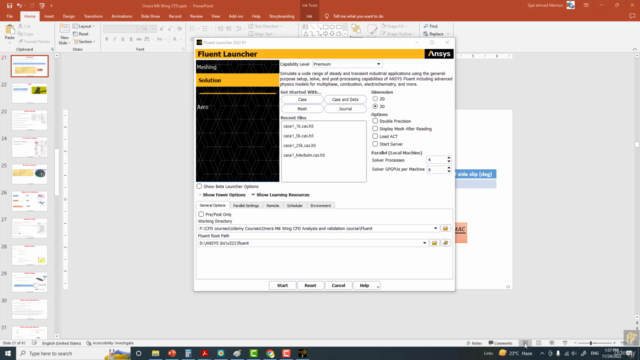
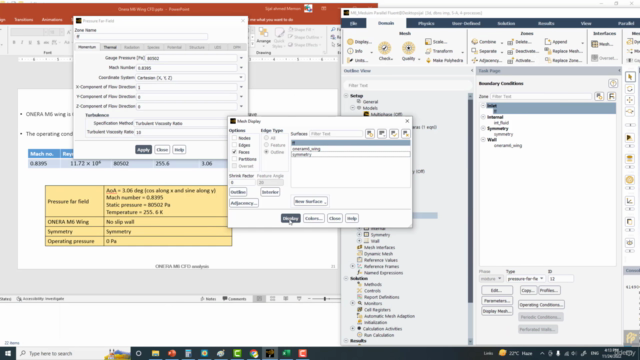
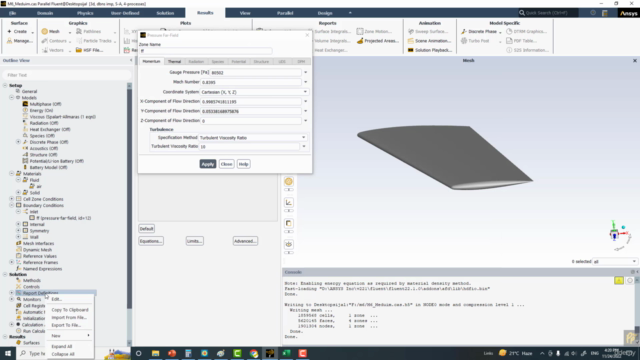
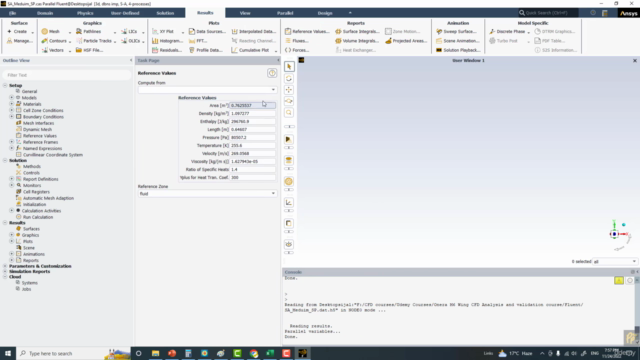
Loading charts...